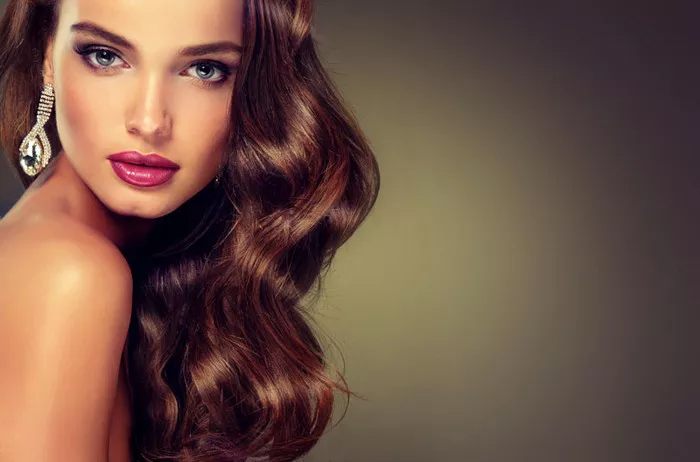Hair, an intricate composition of keratin, undergoes fascinating transformations influenced by factors such as hormones, life changes, and medical treatments like chemotherapy. Understanding the science behind these metamorphoses sheds light on the intricate processes within our body.
The Role of Follicle Shape in Determining Hair Type
Hair strands, emerging from individual hair follicles deeply embedded in the skin, can be straight or curly based on the asymmetry of both the follicle and keratin. Curly hair results from asymmetrical and curved follicles, causing the hair to kink as it grows. This asymmetry also leads to keratin bunching up on one side, forming curls. In contrast, symmetrical, round follicles produce straight hair.
Life Cycles of Hair: Growth, Transition, and Rest
Hair undergoes cycles of growth and loss throughout life, with each hair follicle containing stem cells that multiply to form a hair strand. The growth phase, lasting several years, is followed by a transitional period and a resting phase before natural shedding. The entire cycle, from growth to replacement, occurs every three to five years.
Hormonal Influences on Hair Changes
Hormones play a pivotal role in altering the typical hair cycle. During pregnancy, elevated levels of estrogen, progesterone, and prolactin extend the resting phase, resulting in thicker hair. Post-delivery hormonal fluctuations lead to increased hair loss as follicles shed synchronously. Hormonal changes during puberty and pregnancy, influenced by genetic factors, can shift hair from wavy to curly or vice versa.
Chemotherapy and its Visible Impact on Hair
Chemotherapy, while targeting rapidly dividing cells, including hair follicles, not only causes hair loss but also impacts the genetic aspects of hair follicle shape. The initial cycles of regrowth following chemotherapy can witness a change in hair texture.
Hormonal Changes and Aging
As we age, hormonal fluctuations, particularly thyroid hormones, become crucial for keratin production. Low thyroid hormone levels can result in dry and brittle hair. Androgens, such as dihydrotestosterone (DHT), play a role in male pattern baldness, while lower estrogen levels and higher androgens post-menopause contribute to female pattern hair loss.
The Greying Process
The reduction in melanin-producing cell function leads to the greying of hair, signifying another aspect of the complex interplay between hormones and hair characteristics.
Understanding these intricate connections between hormones, genetics, and external factors provides insights into the diverse ways our hair can transform, from its texture to its thickness, contributing to the unique and ever-evolving nature of our personal appearance.


